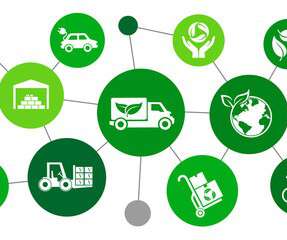COVID-19 in 2021: Supply Chain Organizations’ Biggest Concerns
DynaSys
FEBRUARY 3, 2021
A Three Part Article Series from QAD DynaSys – Supply Chain Organizations Concerns in a Post-Pandemic World. Read Part One 10 COVID-19 Lessons for the Resilient Supply Chain. Discover Part Two The 6 Greatest Challenges to your Supply Chain if you missed them. Supply Chain Organizations General Concerns.
















Let's personalize your content